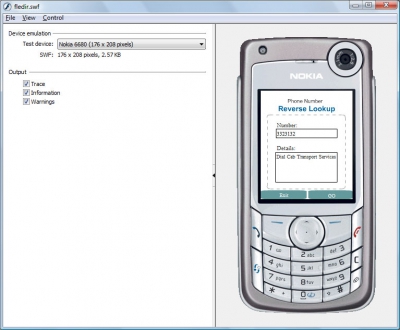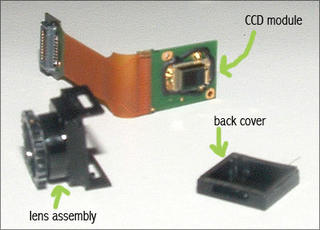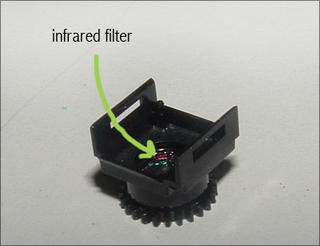Monday, April 30. 2007
Developing apps for mobiles with Adobe Flash Lite
Writing (simple) programs and games for mobile phones has gotten a whole lot easier thanks to Adobe/Macromedia's Flash Lite technology. It basically extends their flagship Flash presentation engine to the realm of mobile handsets by providing a player, similar to that which is installed on desktop PCs, to many of the mobile phones. The product effectively paves the way for the many animators, web developers and even beginners to easily develop rich programs for mobiles without having to delve into C or Java and presents a more lucrative solution than MIDP or BREW for creating device-independent light applications.
Anyone familiar with the standard Flash development techniques can quickly develop/port to Flash Lite and get it working. Transparent internet access, XML/HTML support and ActionScript are all supported - allowing for quite sophisticated applications to be built with ease. Flash Lite is included in the recent Adobe Flash CS3 release or can be added to Flash Professional 8 by downloading the free Flash Lite authoring update from the Adobe website. Many of the popular phones are supported and developers can download/update development profiles for different phones.
The possibilities for applications are numerous - games, data access front-ends etc and might be a great way for businesses to provide interactive information or services to customers with probably a lower development cost!
- Adobe Flash Lite product page
- Adobe Mobile & Devices Developer Center
Anyone familiar with the standard Flash development techniques can quickly develop/port to Flash Lite and get it working. Transparent internet access, XML/HTML support and ActionScript are all supported - allowing for quite sophisticated applications to be built with ease. Flash Lite is included in the recent Adobe Flash CS3 release or can be added to Flash Professional 8 by downloading the free Flash Lite authoring update from the Adobe website. Many of the popular phones are supported and developers can download/update development profiles for different phones.
The possibilities for applications are numerous - games, data access front-ends etc and might be a great way for businesses to provide interactive information or services to customers with probably a lower development cost!
- Adobe Flash Lite product page
- Adobe Mobile & Devices Developer Center






